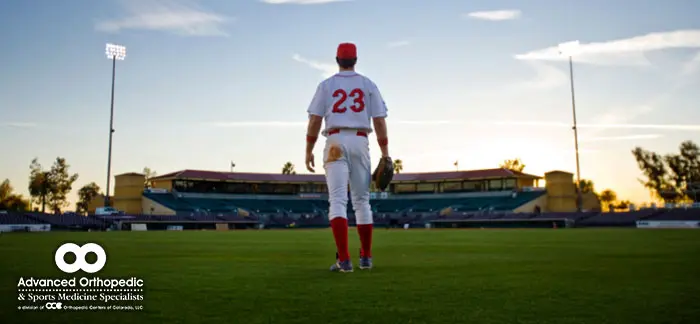PLUS: Tips for Young Athletes
For many people, the past year has been hard on our bodies. We fell out of our routines and took on new ones, some to the detriment of our physical fitness. Even our kids are feeling the difference from shortened or canceled sports seasons, missing P.E. and recess at school, or even the walk to school itself.
If you (or your kids) are closer to setting a PR (personal record) for consecutive Zooms than for a 5K, the recent melting snow and warm days have probably inspired you to get up and get out! But before you jump into a pickup game of hoops or join that pickleball league, consider your level of conditioning, so that you can stay healthy and active all summer long.
Prevent sports injuries with spring conditioning
There are three types of conditioning you can focus on to get started: cardio, flexibility, and strength. Together, these three areas will put your body in a better position to exercise or compete this summer. As with any exercise program, it’s essential that you listen to your own body and be realistic about your current level of fitness. Everyone is different, and what you’ve been doing or not doing all winter should factor into what you do next.
Cardio Conditioning
Cardiovascular conditioning is focused on raising your heart rate and breathing rate to increase your blood flow and the amount of oxygen circulating in your blood for 10 minutes or more.
You can do some kind of cardio almost anywhere. If you haven’t been active much lately, you may start with brisk walking before you try to jog or walk up a flight of stairs before you try two. You can also jump rope, do jumping jacks, or even run in place. Other common cardio activities include cycling, swimming, running, and skiing.
If you have been active this winter, and are getting ready to switch sports for spring, consider the differences and work on conditioning that prepares you for your next season. For example, if you’re going from skiing to tennis, consider working in 30-45 minutes of continuous cardio to get ready for your first match. Skiing offers plenty of cardio, but regular breaks between runs or on lifts builds a different kind of endurance.
Flexibility
Flexibility reduces the risk of muscle tears and other injuries, and it can also help with balance and coordination. For athletes, leg flexibility, especially hamstring flexibility has been known to be particularly helpful. Regardless of what kind of stretch you are doing, it’s important to stretch both before and after you exercise. And remember – don’t bounce. Slow, smooth, methodical motion will minimize the risk of injury.
Strength Conditioning
Building muscle not only gives you strength, but it can also improve balance and support your joints and tendons. Bodyweight exercises are one simple (and free!) way to ease in. This means using the weight of your own body to create resistance. Push-ups, sit-ups, planks, lunges, and squats are all examples of exercises you can do with just your body weight. As you get stronger, you can add free weights or use weight machines, but you don’t have to go to a gym to do strength conditioning. Use common household items, such as milk jugs, cans, or even books to add more resistance to your routine.
For the young athletes in your life who are getting ready for a spring sports season, consider these tips:
Get a physical. Most school sports teams require it, but even if you’re playing club sports, don’t skip your annual physical! Many people are behind due to covid-19, if that includes you, get a physical on the books so your child’s pediatrician can evaluate their overall growth and health.
Ease in or find balance: If your athlete’s off-season was winter, try to ease in, or get ahead of multiple practices per week by easing in with some movement before practice begins. This can be as basic as jumping jacks, yoga, or jogging. For athletes who didn’t have an off-season, beware of overuse if you are focused on one sport year-round. If you’re moving from one sport to another this spring, that’s a great opportunity to stay fit and reduce the chance of overuse injury.
Swap sweet drinks for water. As the weather gets warmer, hydration becomes even more important, and water is always the best way to go. Sweet drinks add unneeded extra calories and can even make your athlete feel thirstier!
Watch the weather. In Colorado, where weather can turn rapidly, we know this is especially important. This means having layers to add or remove as temperatures change, so you can keep muscles warm or avoid overheating. Also, watch for dangerous conditions including snow and ice which can make playing surfaces uneven or slick.
As the weather continues to get nicer, we hope you are able to get out and about more often! No matter what activity you choose, remember to ease into it! Be kind to your body so you can #BeActive all summer long!














